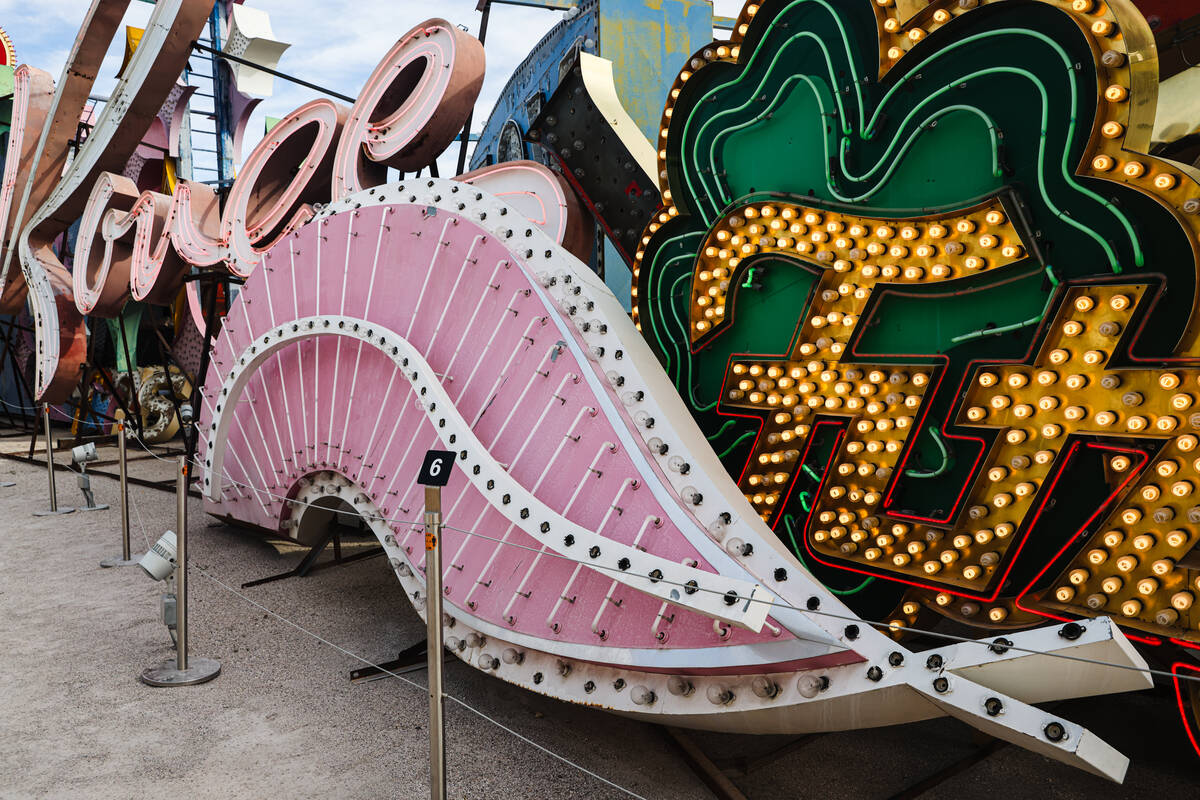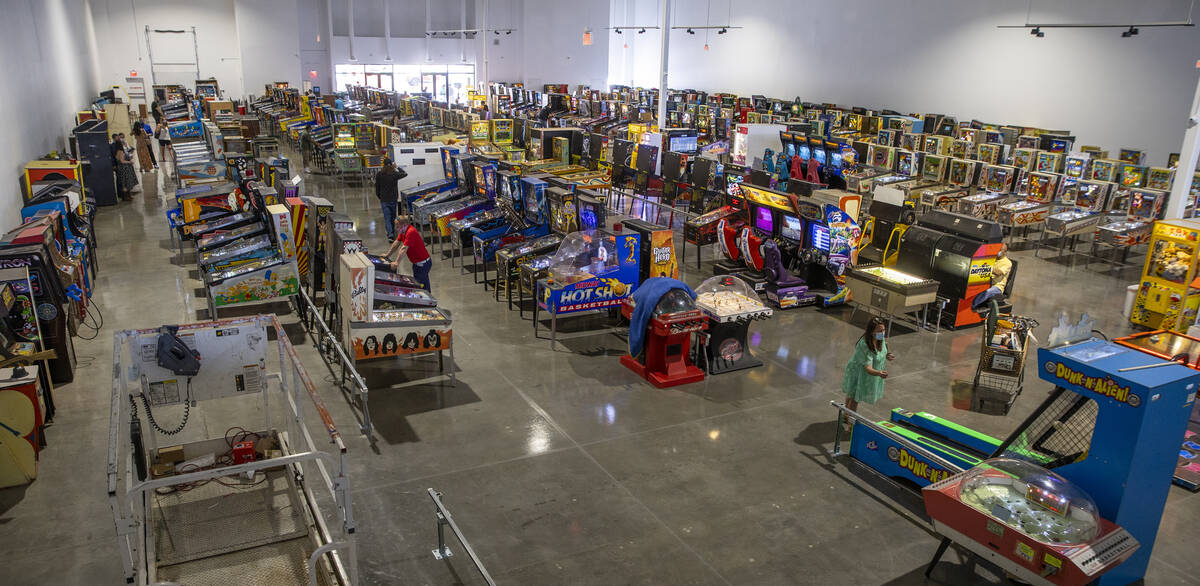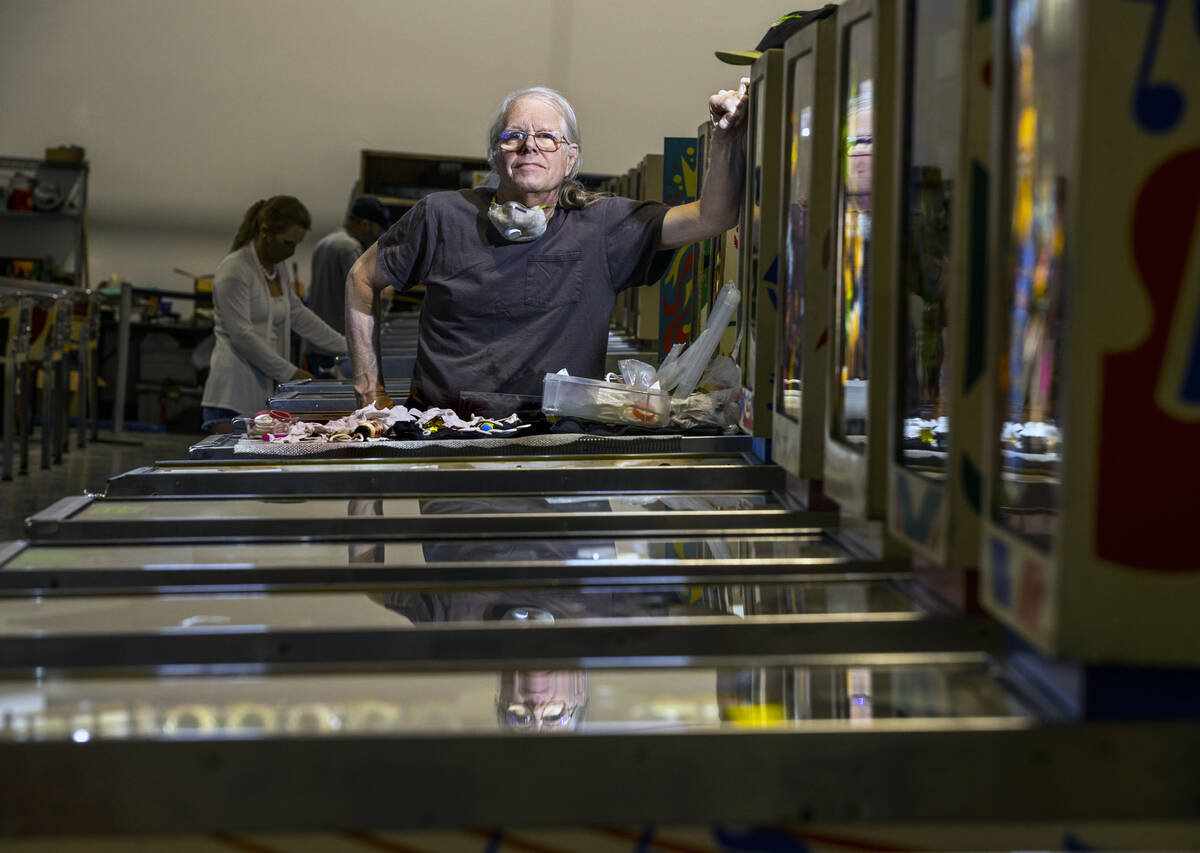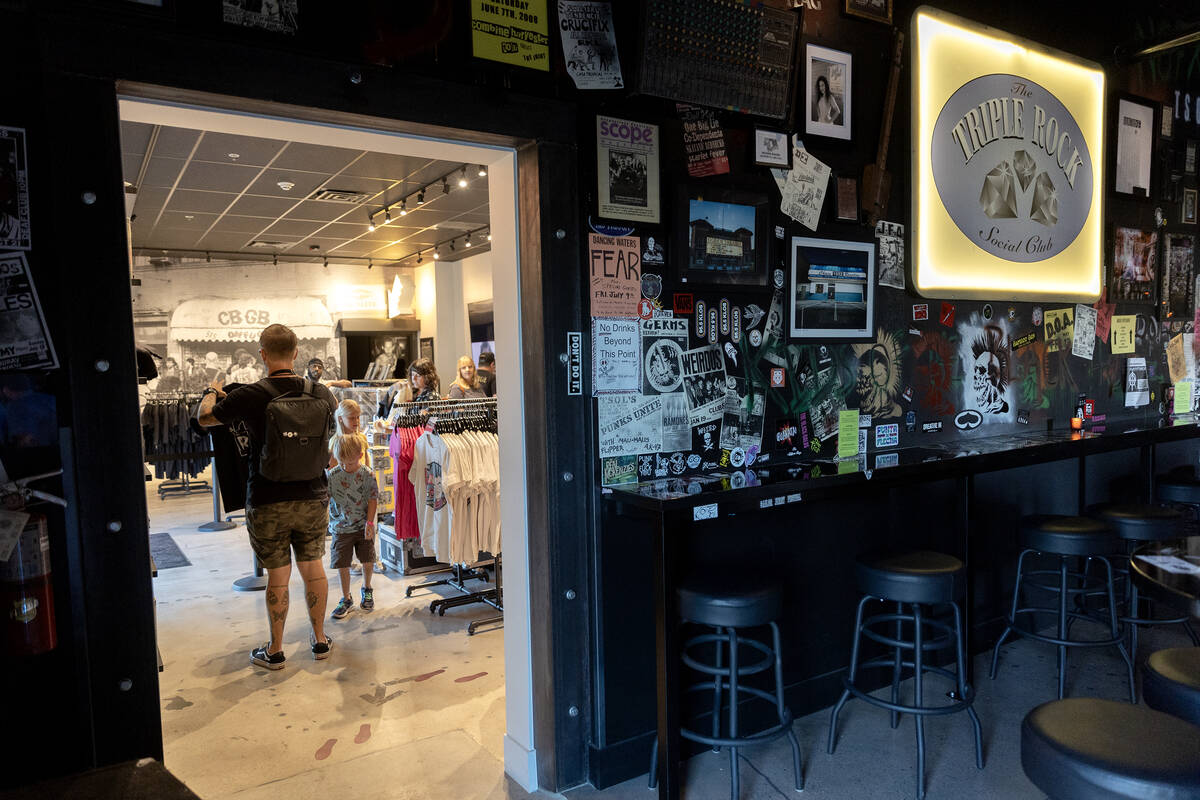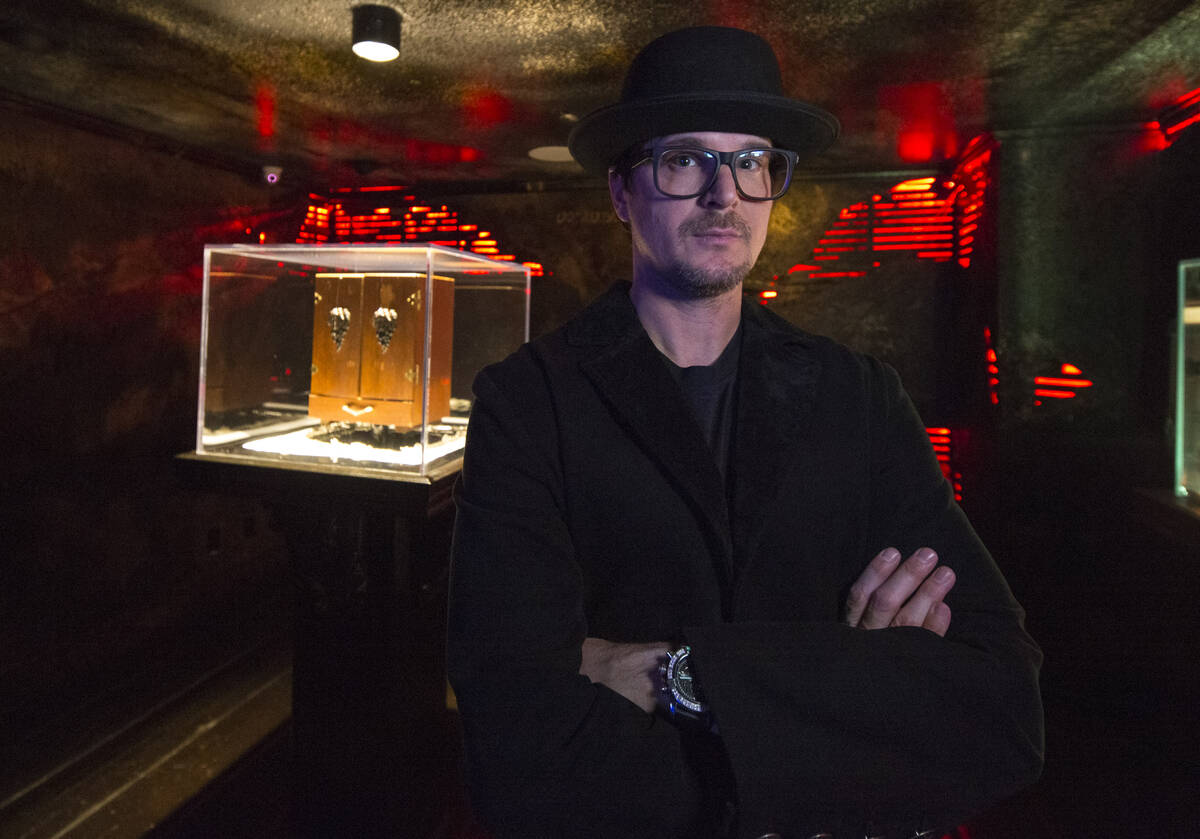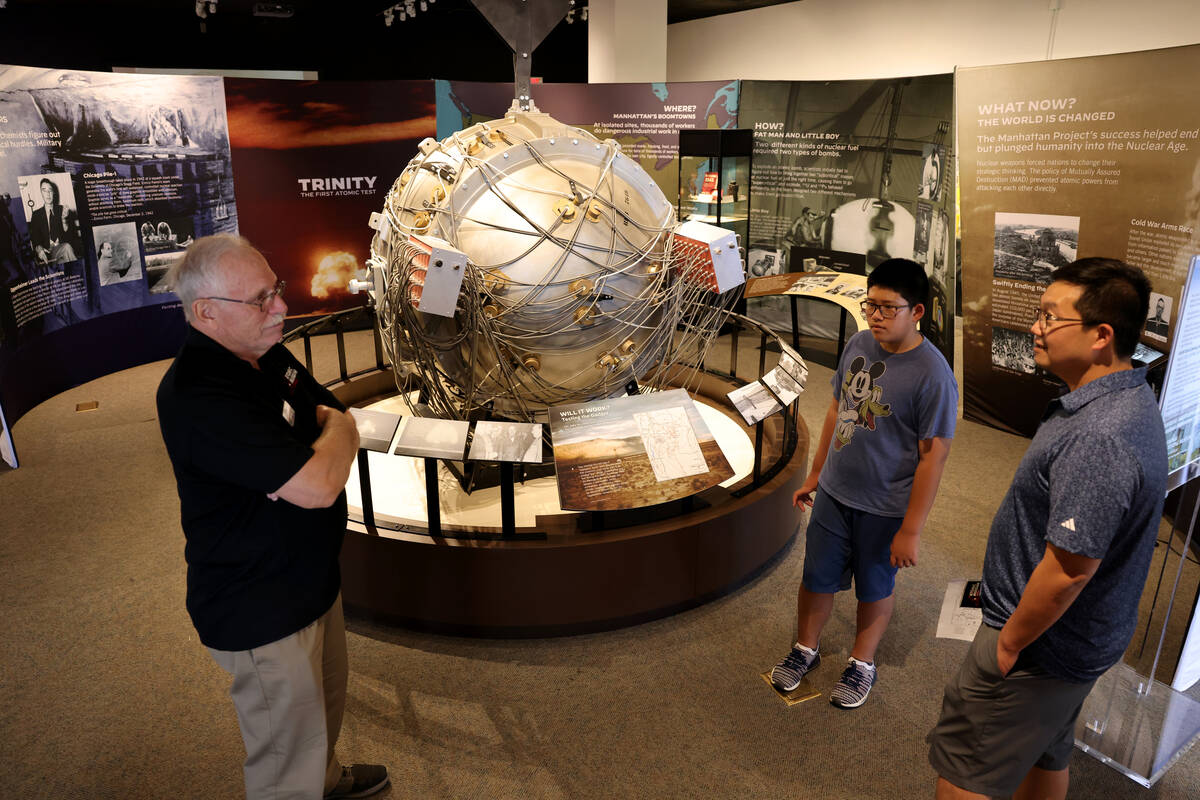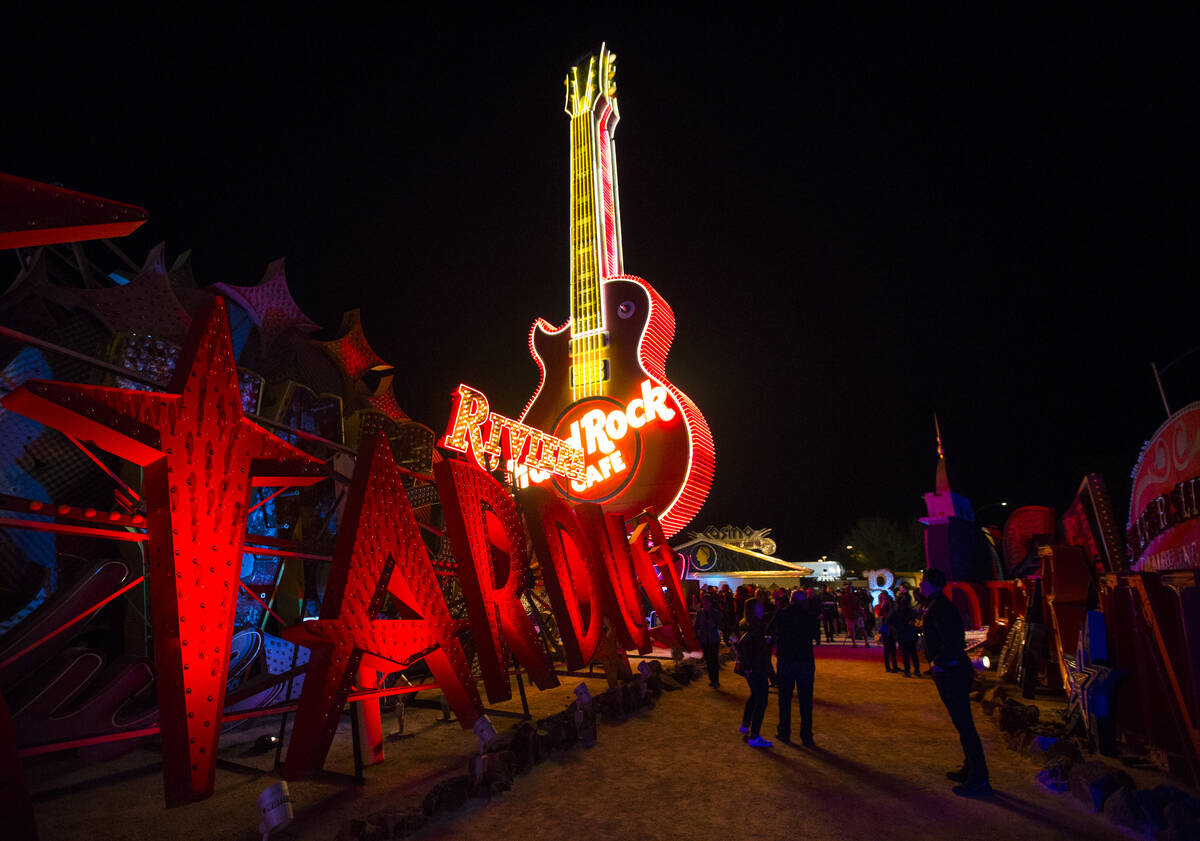7 museums that prove Las Vegas is just different
You can learn a lot about a city in its museums — and just by the types of museums it has.
Las Vegas has the Marjorie Barrick Museum of Art at UNLV, and the Bellagio Gallery of Fine Art rotates works by prominent artists. But it’s yet to land a long-planned accredited art museum.
The city does, however, boast a wide range of exhibition spaces that highlight the quirky side of Las Vegas that visitors have come to know and love.
The Mob Museum
300 Stewart Ave.
Formally known as the National Museum of Organized Crime and Law Enforcement, the Mob Museum is housed in the building that opened in 1933 as Las Vegas’ first federal courthouse and post office. On Nov. 15, 1950, a committee led by Sen. Estes Kefauver of Tennessee made national headlines by interviewing witnesses there about alleged mob involvement in Las Vegas casinos. That second-floor courtroom has been restored and is now one of the key pieces of history in the museum, along with a large section of the wall from the Saint Valentine’s Day Massacre and smaller items such as Benjamin “Bugsy” Siegel’s sunglasses and the handcuffs used to arrest Anthony Spilotro. There’s also an underground speakeasy serving Prohibition-era craft cocktails and a distillery that produces the museum’s own line of moonshine.
The Neon Museum
770 Las Vegas Blvd. North
Everything about the Neon Museum has been rescued, from the visitor’s center that repurposed the lobby from the La Concha Motel to the signs in its boneyard. More than 250 unrestored signs are illuminated with ground lighting at sunset, while 23 signs are in working condition. Those lit signs run the gamut from the one that stood in front of the Chief Hotel Court on East Fremont Street around 1940, advertising its “steamed heat,” that’s the oldest functional sign on display to the Hard Rock Cafe guitar that’s more than 80 feet tall and was restored with approximately 4,110 feet of neon tubing.
Atomic Museum
755 E. Flamingo Road
An affiliate of the Smithsonian Institution, the Atomic Museum tells the story of the Nevada Test Site. Located 65 miles northwest of Las Vegas, the site was America’s primary nuclear testing ground from 1951-92, during which it hosted 928 nuclear tests. The museum showcases a real Phoebus-2A nuclear reactor and pop-culture artifacts illustrating the public’s fascination with the Atomic Age. Visitors also can experience a simulation of an above-ground test.
Zak Bagans’ The Haunted Museum
600 E. Charleston Blvd.
Built in 1938 for prominent early Las Vegans Cyril S. and Lottie Wengert, the 13,000-square-foot Tudor Revival is now home to hundreds of artifacts collected by paranormal investigator Zak Bagans of “Ghost Adventures” fame. Among the items spread across more than 30 dimly lit rooms are the Dybbuk Box, said to be the world’s most haunted object, the original staircase from the Indiana “Demon House” and the Devil’s Rocking Chair from Ed and Lorraine Warren’s case that inspired “The Conjuring: The Devil Made Me Do It.” The Haunted Museum even spawned an anthology series of the same name from Bagans and Eli Roth.
The Punk Rock Museum
1422 Western Ave.
Punk first gained a foothold at New York City’s CBGB and then put down roots in the United Kingdom. So, naturally, the site that describes itself as “the world’s most expansive, inclusive and intimate display of artifacts, fliers, photos, clothing, instruments, handwritten lyrics, artwork and just about everything else donated by the people and bands who were there” is in Las Vegas. Although being next door to a totally nude strip club certainly feels about right. Founded by “Fat Mike” Burkett of NOFX, the museum offers special guided tours led by a variety of punk legends, and it also houses a wedding chapel, tattoo parlor and its own bar.
Erotic Heritage Museum
3275 S. Sammy Davis Jr. Dr.
Yes, it touts itself as the home of “the world’s largest sex bike” and hosts the live “Puppetry of the Penis” show four nights a week. But the 24,000-square-foot museum also has a higher calling, with exhibits such as an interactive celebration of Hieronymus Bosch’s “Garden of Earthly Delights” and its work with UNLV to preserve the history of sexual entertainment, culture and economies in Southern Nevada. Its ethos is described as “sexual pleasure and its depiction are natural aspects of the human experience and that such celebrations of individual human sexuality (i.e., pleasure) must be made available to all, regardless of gender, race, or belief.”
Pinball Hall of Fame
4925 Las Vegas Blvd. South
It may not have “museum” in its name, but this 26,000-square-foot repository across from the Welcome to Fabulous Las Vegas sign bills itself as “the world’s largest display of working pinball machines.” Tim Arnold acquired his first pinball machine in 1972 as a teenager in Michigan. Eighteen years later, he retired at 35, packed up a thousand coin-operated machines and moved to Las Vegas. Admission to see Arnold’s collection is free, but bring plenty of quarters for the machines.



